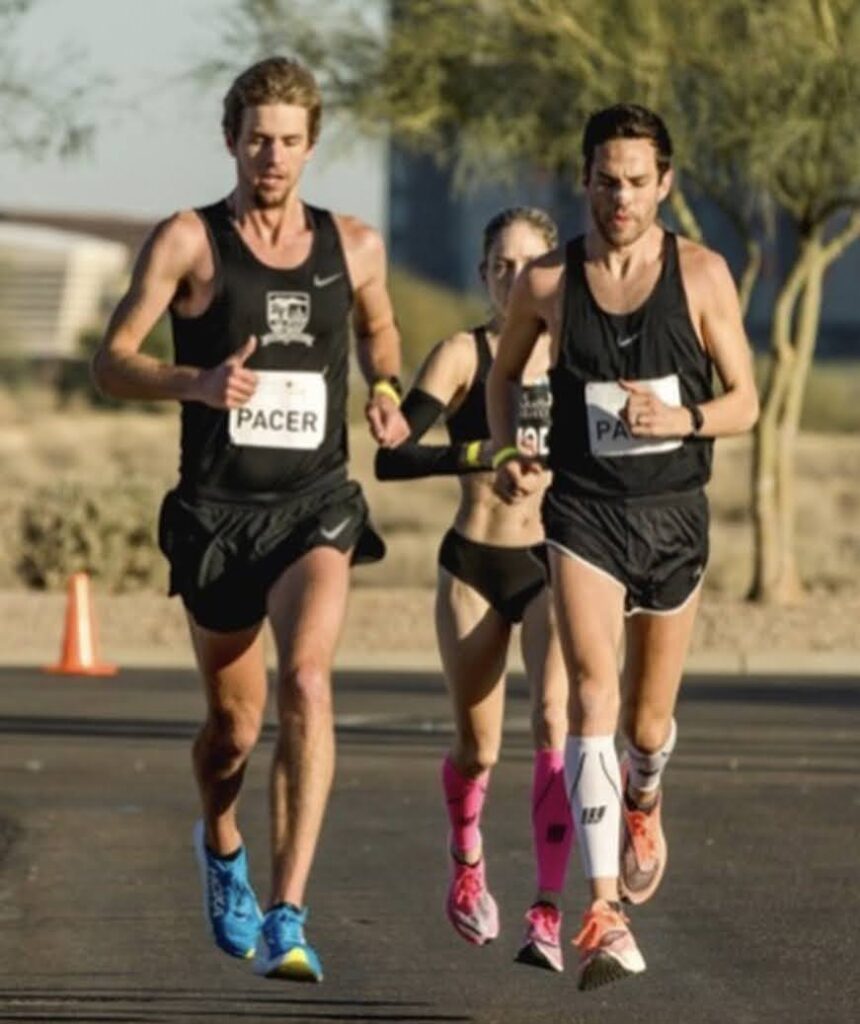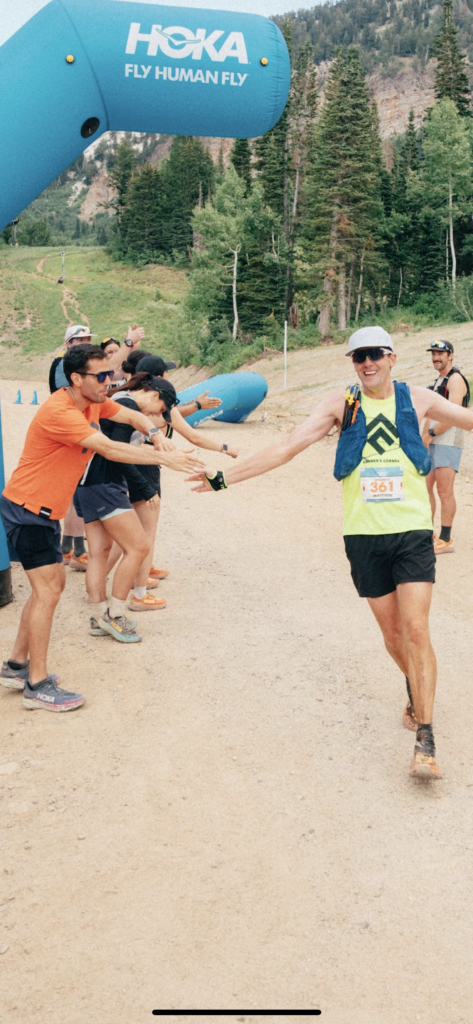I was just listening to Nell Rojas on the TrainingPeaks CoachCast, and Dirk Friel had a really cool quote I wanted to share.
TrainingPeaks did an internal study with all the runners on their platform who ran the Boston Marathon. They found that the higher a runner placed in their age group, the wider the range of paces they had in their training leading up to the race.
What This Means
- The fastest runners had a bigger spread between their slowest easy runs and their fastest speed work and intervals.
- Runners who placed lower in their age group tended to run similar paces more often—sticking too close to the same effort level in most of their runs.
This completely aligns with what I’ve seen in my own experience working with runners. Too many people train in a narrow pace range and miss the full spectrum of benefits that come with true training variety.

Not only that, but we tend to fall into habits of staying in our comfort zone when it comes to certain intensities, paces, and total volume. We have to give the body a different stimulus to adapt to.
The Mistake Most Runners Make
When people want to run a faster marathon, their instinct is often to just try to run more miles at goal marathon pace.
Some goal pace work is important—but relying on it too much can be a mistake.
The Big Problem With Marathon Training
Unlike training for shorter races, marathon training has a huge challenge we have to overcome:
- We can’t (and shouldn’t) run a hard 26 miles before race day—it’s simply too hard on the body.
- This means our workouts must be much smaller than the full marathon distance.
- If we’re only running at, or slower than, goal marathon pace in training, we’re not only running way less than the race distance but also not running faster.
That’s why runners who expand their pace range—training both slower and much faster—tend to see the best results.
Learning From the Pros
This wide range of training paces isn’t just a pattern among top age groupers—it’s a fundamental principle of elite training.
A pro runner might run some recovery days down toward 8:00/mile pace, but for some, their speed work could be closer to 4:00/mile pace. That’s a 4-minute spread!
Now, think about your own training:
- Looking back over your last few training blocks, what’s the average spread in your training paces?
- How often are you actually touching the fastest end of your ability?
Chances are, there’s room to expand your range.

The ‘Grey Zone’ Trap: How Running Too Hard (or Not Hard Enough) Limits Progress
I’ve talked about the grey zone of intensity before. It happens when we run our easy days too fast, which leaves us too fatigued to run our fast interval workouts hard enough.
This is the most common way runners accidentally limit their progress and shrink their training pace range. Instead of having clear separation between their slowest runs and their hardest efforts, everything just blends together.
The Fix: Slow Down
- Every once in a while, take an easy day even slower than usual.
- This will give you extra recovery and lower the bottom end of your pace range.
- When it comes time for strides and speed work, you’ll be more recovered and ready to push the top end speed!
The Role of Neuromuscular Training in Marathon Performance
We tend to only think about cardiovascular and aerobic fitness when it comes to marathon training.
But there’s another key factor that a lot of runners overlook: neuromuscular fitness.
What is Neuromuscular Training?
This is how our brain and muscles communicate—basically, how efficiently we fire the right muscle fibers at the right time.
When we train at speeds much faster than marathon pace, we improve our neuromuscular coordination. This makes marathon pace feel easier because the neuromuscular demands of that pace go down.
Training and using higher end speeds is difficult because it requires a greater demand from the neural pathways that access the end range of motion needed to run really hard and fast. The good news is that it is fast and easy to make improvements towards these neural pathways. You just need to regularly have the right kind of anaerobic work in your training program. Like strides, hill sprints, and plyometrics.
The bad news is that these adaptations come and GO quickly. It’s a real use it or lose it system. It’s why we need to have strides regularly in our training program.
The Simple Recipe for Marathon Efficiency:
- Build mileage and aerobic fitness (the foundation).
- Train your neuromuscular system with strides, sprints, and speed work.
- Marathon pace becomes more efficient, and race day feels smoother. You get to go faster.
Takeaway & Actionable Advice
If you want to train like the best age groupers, you need to expand your pace range.
How to Start Expanding Your Pace Range Today:
✅ Make easy days truly easy – Slow down and recover fully. Don’t be scared to go extra slow
✅ Incorporate strides – 4-6x 15-20 seconds at ~mile race pace 2-3x per week. Especially the day before workouts.
✅ Learn how to execute an Interval workout – The details matter. Focus on the set up; your gear, the location, and what you focus on for an interval workout make a HUGE difference.
✅ Try hill sprints – Short 8-12 second efforts to build power. Take a long full recovery in between sprints.
✅ Check your training logs – How big is your pace spread? Are you touching both ends of the spectrum?
If you only run at or near your marathon pace, you’re missing a huge piece of the puzzle. By training both slower and faster, you’ll race faster and feel better on race day.
So go ahead—slow down when you need to, speed up when you need to, and watch how much stronger you become!
Final Thoughts
This isn’t just theory—TrainingPeaks’ data proves it, elite training principles back it up, and I’ve seen it firsthand with the runners I coach.
A wider range of training paces leads to better results. If you’re stuck in the same training paces over and over, it’s time to mix things up.
Try expanding your pace range, and you’ll be surprised at the difference it makes on race day.
What’s Next?
- Take a look at your training log—how much variety do you see in your paces?
- Challenge yourself to add in some strides, hill sprints, and true recovery runs this week.
- Let me know how it goes—I’d love to hear about it!


